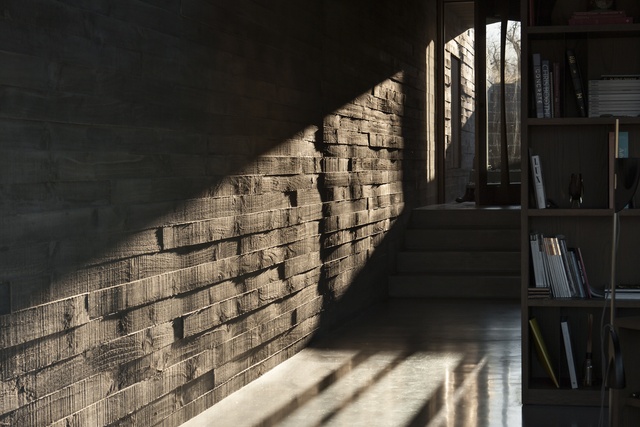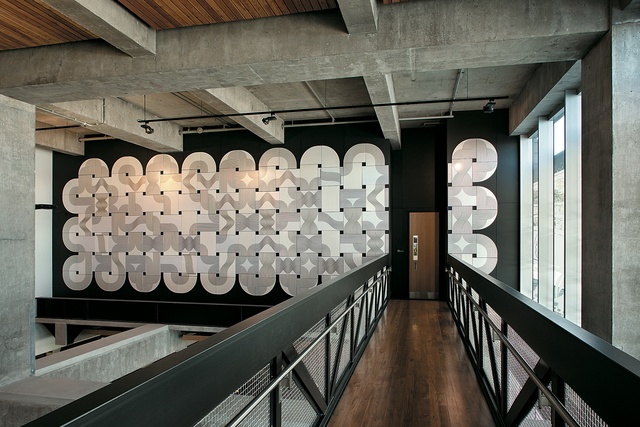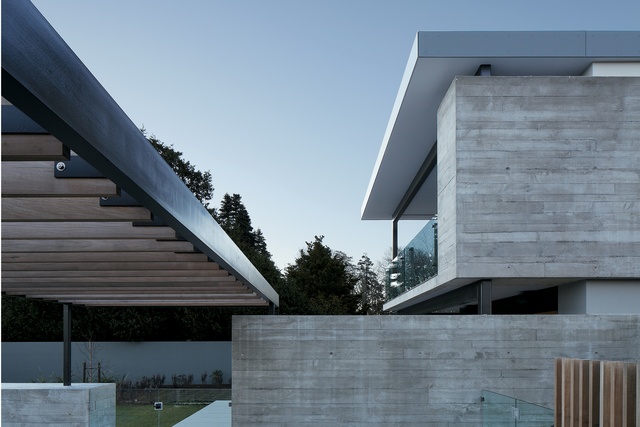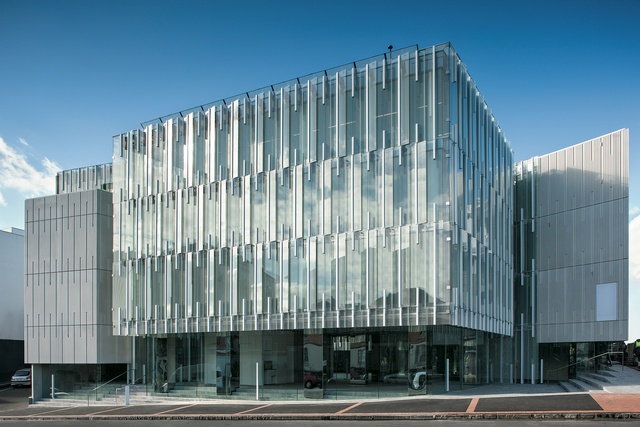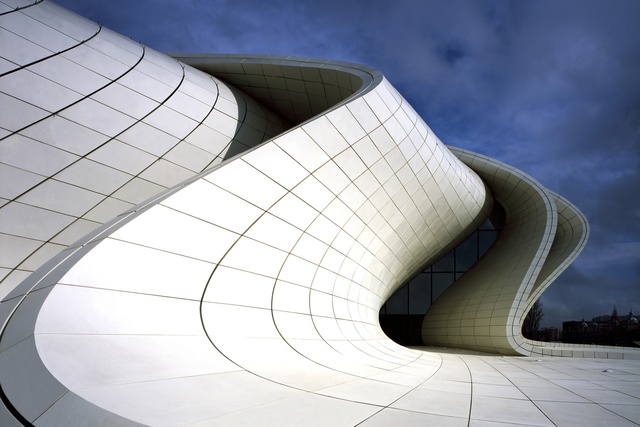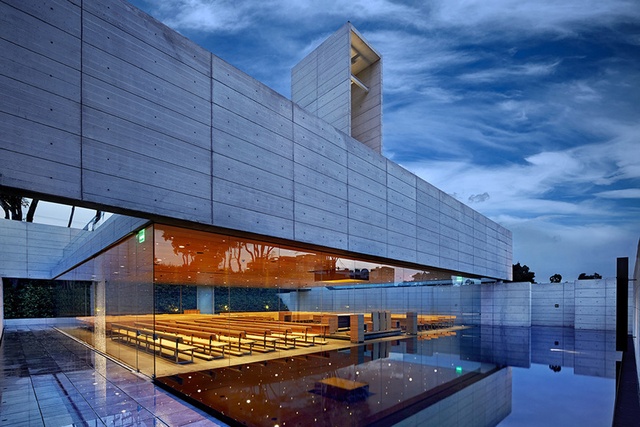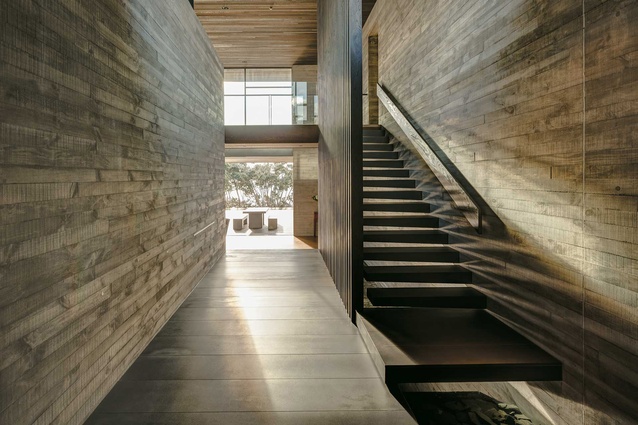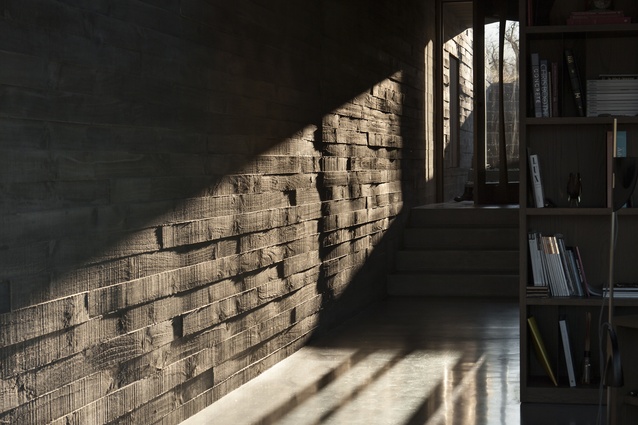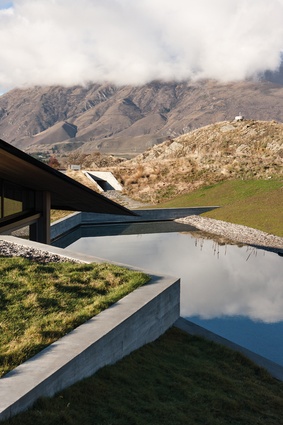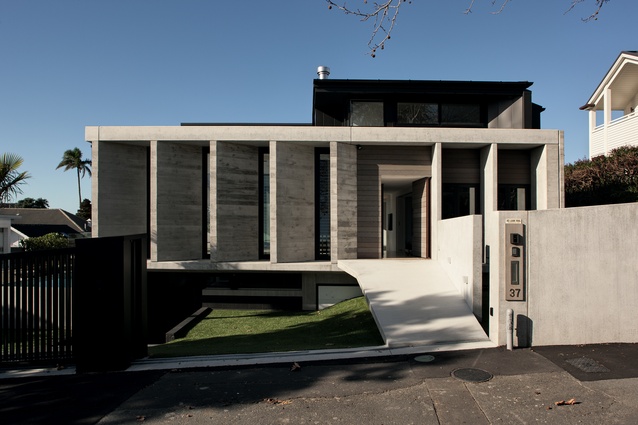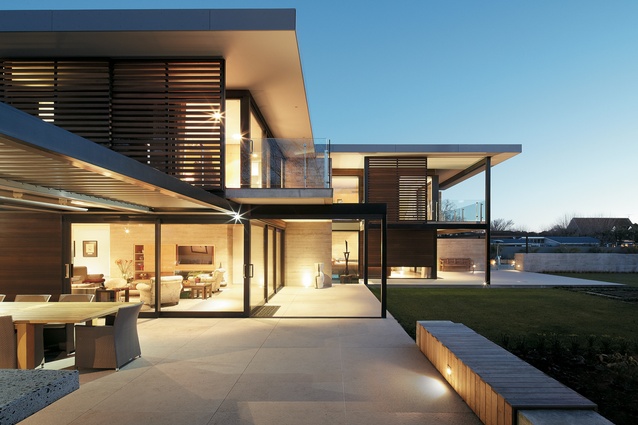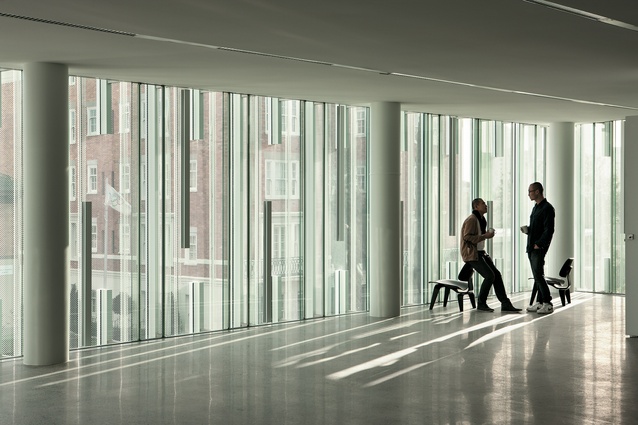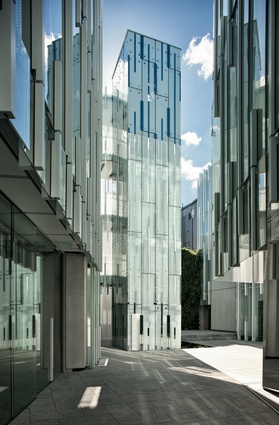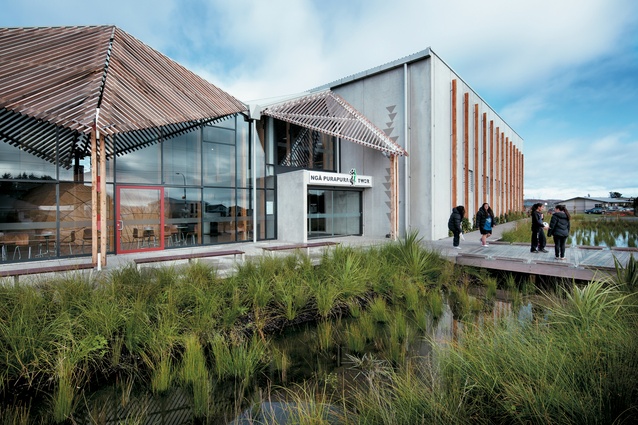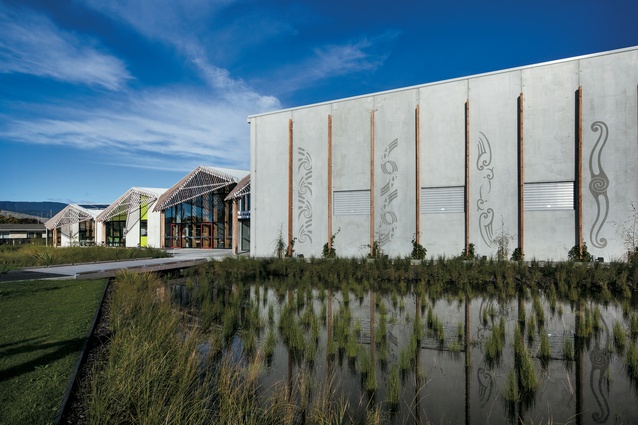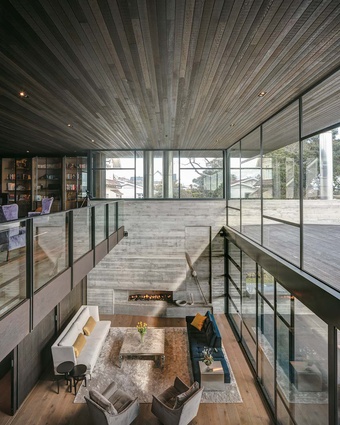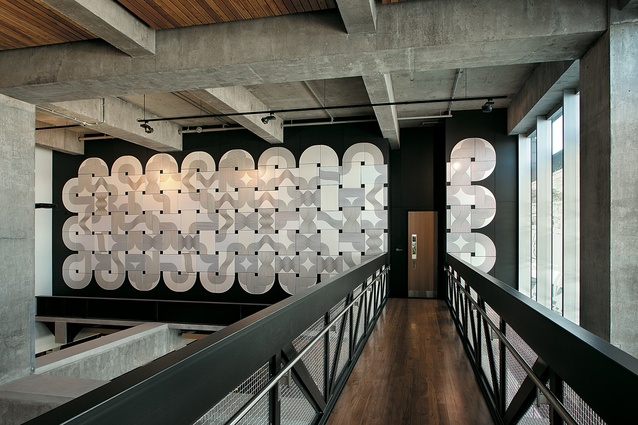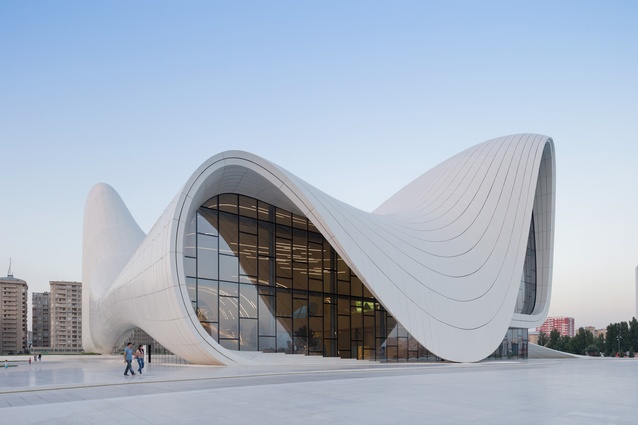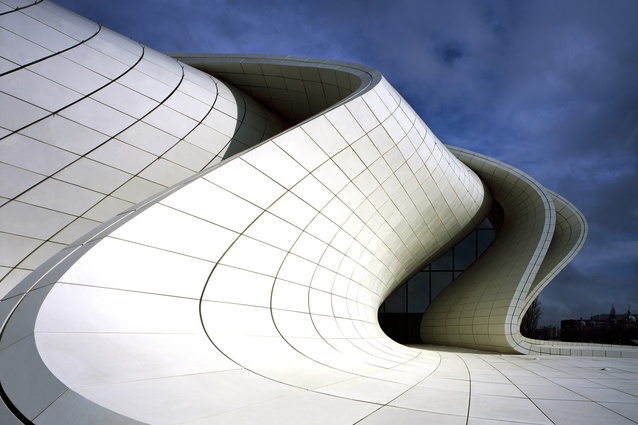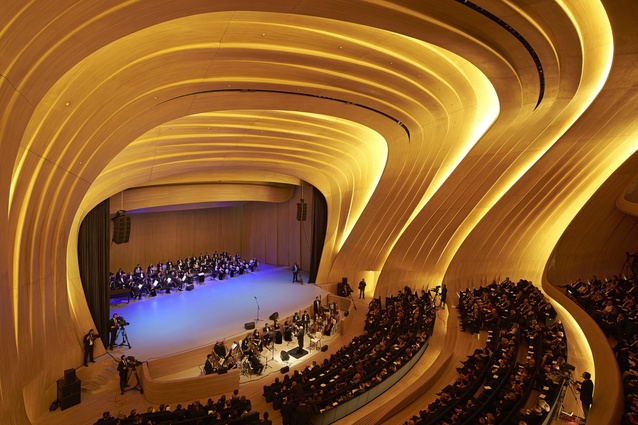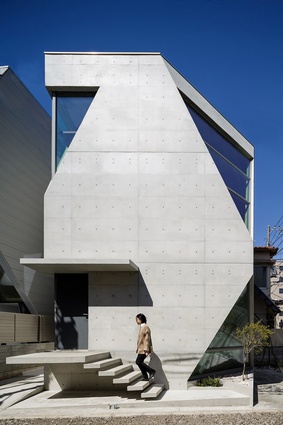Editor’s choice: concrete
As a building material, concrete has been with us for thousands of years, with the ancient Romans using concrete technology to construct large-scale projects such as the Colosseum and the Pantheon in Rome, and a range of bridges and aqueducts. After the fall of the Roman Empire, concrete usage became rare until the 18th century, when the technology was redeveloped.
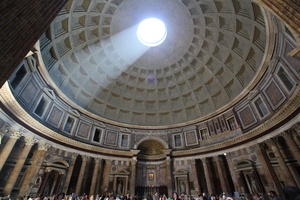
Today, concrete is the most widely-used man-made material in construction. Concrete offers architects and builders a range of benefits. Design versatility can be achieved easily with the use of concrete for floors, walls, columns and cladding. It is possible to create moulded shapes, textures and patterns and a range of decorative surface finishes.
Concrete can suit a variety of purposes, as new technology ensures that there are many different types available, along with a diverse range of compositions, finishes and performance characteristics.
One of the most durable and long-lasting building materials, concrete provides superior fire resistance compared with wooden construction and its thermal mass makes it energy efficient, reducing temperature swings inside a building and minimizing heating and cooling costs, as part of passive solar design. Pervious concrete, when used for driveways, sidewalks, and other pavements, can help to retain stormwater runoff and replenish local water supplies.
Cast in-situ concrete has become a material that designers exploit for its structural qualities, as David Ponting of Ponting Fitzgerald illustrates with the usage of the material in many of his high end homes. He comments, “It is the inherent design flexibility, durability and raw material honesty that immediately appeal with using in-situ concrete. These qualities lead to buildings with emotive sculptural drama, longevity and soul.”
See images below and the slideshow above for a range of projects from New Zealand and overseas that utilise concrete to its best ability. Follow the links under each image for more information on the building.
